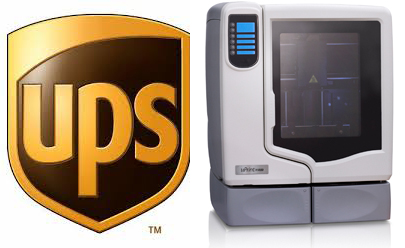
A post in New Scientist is entitled, “3D printing’s future is the high street, not the home.” Is this true?
We’re not certain the question can be answered so definitively.
Of course the majority of consumers are really not able or willing to operate their own personal 3D printer, given the state of the personal 3D printers available today. They are expensive compared to other household items and are much more finicky to operate than familiar (and reliable) devices.
The New Scientist article suggests the future for 3D printing is in consumer-facing printshops, such as Staples, UPS Stores, Amazon or similar. This now appears the vector by which the majority of consumers may be introduced to the capabilities of 3D printing.
But.
What happens when the price of personal 3D printers drops? What happens when usage scenarios are simplified and machines become much more reliable? Yes, these things will happen: costs will drop as more units are produced through economies of scale. Similarly, ease of use is constantly increasing due to the competitive efforts of the 3D printing community, both open source and commercial.
Then we’ll see 3D printing in many more homes, not just in the local printshops.
Via New Scientist

